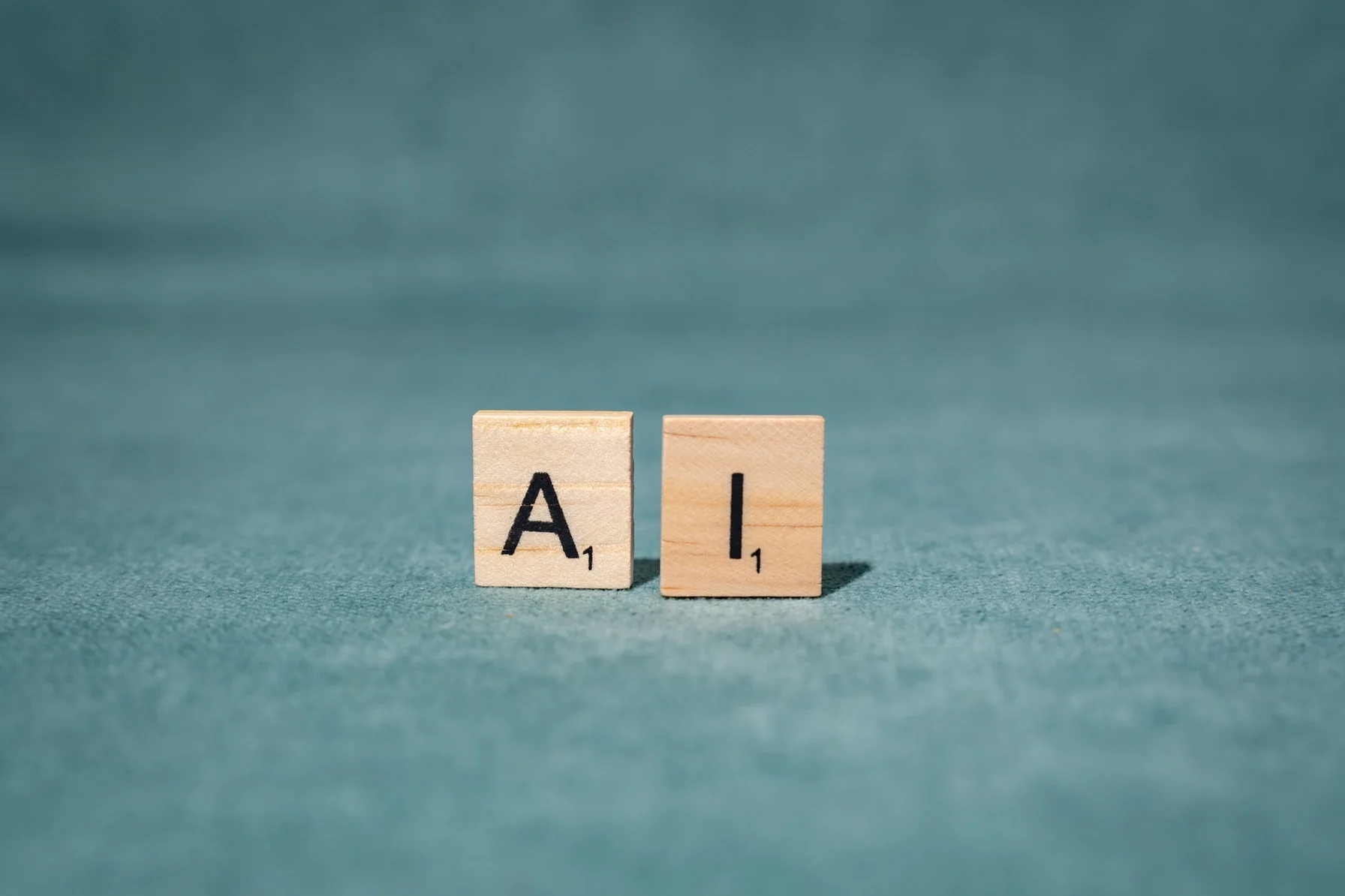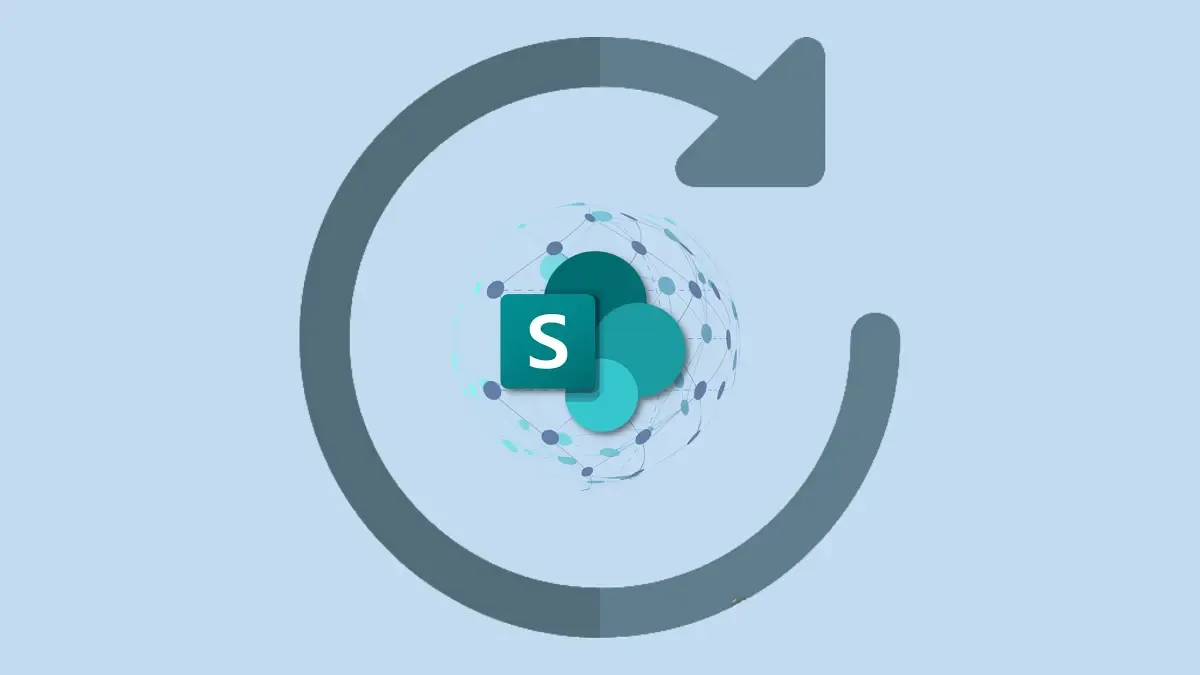Artificial Intelligence (AI) and Machine Learning (ML) are two of the most frequently used terms in the tech world. While they are often used interchangeably, they represent different concepts.
AI is the broader discipline of creating intelligent machines, while ML is a subset of AI that focuses on enabling machines to learn from data without explicit programming.
The rise of AI and ML has revolutionized industries such as healthcare, finance, marketing, and autonomous vehicles. Companies are integrating these technologies to automate processes, improve efficiency, and make data-driven decisions.
But how do AI and ML work? What are their core differences? And where do they overlap? This article provides a deep dive into AI vs Machine Learning, their applications, real-world examples, and future trends.
What Is Artificial Intelligence (AI)?
AI is reshaping industries by revolutionizing the way businesses operate and interact with customers. In sectors such as healthcare, finance, marketing, education, and security, AI-powered solutions are enhancing efficiency, driving innovation, and improving outcomes.
For instance, in healthcare, AI algorithms can analyze medical data for faster diagnoses, while in finance, AI helps with fraud detection and risk management. In marketing, AI is personalizing customer experiences, and in education, it is enabling adaptive learning technologies. AI is reshaping industries by automating tasks, making predictions, and providing actionable insights, ultimately leading to smarter, more efficient operations and improved services.
What is Machine Learning (ML)?
Machine Learning (ML) is a specialized branch of Artificial Intelligence (AI) that enables computers to learn from data, recognize patterns, and improve their decision-making capabilities without explicit programming. Unlike traditional software that follows predefined rules, ML models analyze large datasets, identify trends, and adapt to new information, enhancing their accuracy over time.
From predictive analytics in finance to recommendation systems in e-commerce, Machine Learning plays a critical role in modern technology, making applications smarter and more autonomous.
AI vs Machine Learning: Key Differences
To summarize the difference between AI and machine learning, here is a clearer comparison with key aspects:
|
Aspect |
Artificial Intelligence (AI) |
Machine Learning (ML) |
|
Definition |
It is the broader concept of creating intelligent machines. |
It is a subset of AI that focuses on data-driven learning. |
|
Purpose & Functionality |
It is designed to mimic human intelligence and decision-making. |
It enables systems to learn from data, identify patterns, and make predictions. |
|
Approach |
Includes rules, logic, or learning |
Relies on algorithms learning from data |
|
Examples |
Chatbots, robotics, expert systems |
Recommendation systems, fraud detection |
|
Flexibility & Adaptability |
AI includes various subfields such as robotics, NLP, and computer vision. |
It enables systems to learn from data, identify patterns, and make predictions. |
3 Main Types of AArtificial Intelligence
AI is classified into three major categories based on its capabilities and intelligence levels:
1. Narrow AI (Weak AI)
Narrow AI is designed to perform specific tasks and operates under a limited set of conditions. These AI models do not possess consciousness or general intelligence but excel in specialized applications.
Examples of Narrow AI:
- Chatbots and Virtual Assistants – AI-powered assistants like Alexa, Siri, and Google Assistant can understand voice commands and perform basic tasks.
- Recommendation Systems – Platforms like Netflix, Amazon, and Spotify use AI to analyze user behavior and suggest content.
- Spam Filters and Fraud Detection – AI enhances cybersecurity, helping identify fraudulent transactions and spam emails, making systems more secure and reliable.
These specialized AI applications are transforming various industries, providing targeted solutions while improving efficiency and security.
2. General AI (Strong AI)
General AI, also known as Strong AI, is a hypothetical concept where machines can perform any intellectual task that a human can. Unlike Narrow AI, which is limited to specific tasks, General AI would have the ability to learn, reason, understand emotions, and apply intelligence across multiple domains.
As of now, General AI remains under research and development. If achieved, it could revolutionize industries by enabling machines to think autonomously, making decisions without human intervention. This could lead to significant advancements in Digital Transformation Services and Web Applications development, where AI systems could enhance the user experience and streamline processes across various platforms. However, technological, ethical, and safety concerns continue to be major obstacles in developing true General AI
3. Super AI (Artificial Superintelligence)
Super AI represents an advanced level of artificial intelligence that surpasses human intelligence in all aspects, including reasoning, creativity, decision-making, and problem-solving. Super AI is a theoretical concept that could:
- Possess self-awareness and consciousness
- Surpass human cognitive abilities
- Develop its own thoughts and emotions
While Super AI is a common theme in science fiction, it does not yet exist in reality. Many experts debate whether it will ever be possible and discuss its potential risks, ethical concerns, and societal impact.
3 Main Types of Machine Learning
Machine Learning is categorized into three main types, each serving distinct purposes and applications.
1. Supervised Learning
Supervised Learning uses labeled data, meaning the model is trained with predefined inputs and correct outputs. The system learns by example and improves accuracy through feedback.
Example Applications:
- Spam detection in emails – Algorithms classify messages as spam or non-spam based on historical user inputs.
- Medical diagnosis – AI assists doctors by analyzing past patient data to predict diseases.
- Stock price prediction – Machine Learning models forecast market trends based on historical stock performance.
2. Unsupervised Learning
Unsupervised Learning does not rely on labeled data. Instead, it identifies hidden patterns and relationships within datasets without explicit instruction.
Example Applications:
- Customer segmentation – Businesses analyze customer behavior to create targeted marketing campaigns.
- Fraud detection – Banks use ML to identify unusual transaction patterns, flagging potential fraud.
- Market basket analysis – Retailers determine which products are frequently purchased together, improving recommendation engines.
3. Reinforcement Learning
Reinforcement Learning is based on a trial-and-error approach, where the system learns through rewards and penalties. The model makes decisions, receives feedback, and optimizes future actions to maximize positive outcomes.
For example:
- Self-driving cars: In self-driving cars, the AI learns how to navigate roads safely by receiving feedback on driving actions.
- Game-playing AI (like AlphaGo): Moreover, how AI improves automation is evident in game-playing AI like AlphaGo, where AI learns strategies to beat human players in complex games.
- Robotic automation: Robotic automation-controlled robots refine industrial service tasks to improve efficiency.
How Does AI Work?
Artificial Intelligence operates using advanced algorithms, large datasets, and computational power to analyze information, recognize patterns, and make data-driven decisions.
The core technologies that power AI include:
1. Machine Learning (ML)
Machine Learning is a subset of AI that enables machines to learn from data and improve their performance over time without being explicitly programmed. ML algorithms process structured and unstructured data to identify patterns and generate insights.
Example:
- Email spam filters use ML models to recognize spam messages by analyzing user reports and common spam characteristics.
- Fraud detection systems in banking identify suspicious transactions based on historical transaction data.
2. Natural Language Processing (NLP)
NLP enables AI systems to understand, interpret, and generate human language in both text and speech. This technology is widely used in:
- Chatbots (Customer support automation)
- Voice Assistants (Siri, Alexa, Google Assistant)
- Sentiment Analysis (Analyzing customer reviews and feedback)
3. Computer Vision
Computer Vision allows AI to interpret and analyze visual data from images and videos. This technology is commonly used in:
- Facial Recognition (Security and authentication systems)
- Autonomous Vehicles (Object detection and navigation)
- Healthcare Imaging (AI-powered diagnostics in medical scans)
4. Expert Systems
Expert systems are AI-based solutions that mimic human expertise to solve complex problems in specialized fields. These systems are widely used in:
- Medical Diagnosis (AI-assisted patient diagnosis)
- Legal Analysis (AI-driven contract review and compliance checks)
- Financial Forecasting (Predicting market trends and investment risks)
How Does Machine Learning Work?
Machine Learning operates through a structured workflow that involves data processing, algorithm training, and iterative learning. Each step refines the model’s accuracy and efficiency. What is Machine Learning? ML models rely on large datasets to identify meaningful patterns. These datasets may include:
1. Data Collection & Preprocessing
ML models rely on large datasets to identify meaningful patterns. These datasets may include:
- Structured data (e.g., numerical figures, stock prices, transaction records)
- Unstructured data (e.g., images, videos, social media text)
- Real-time data (e.g., sensor readings, IoT device logs)
Before training begins, data must be cleaned, formatted, and structured to remove errors, missing values, and inconsistencies. This ensures high-quality inputs, leading to more reliable predictions.
2. Training the Model
Once data is preprocessed, the ML algorithm is trained using historical data to recognize patterns and relationships. Training involves:
- Feeding labeled or unlabeled data into the ML model
- Adjusting parameters to optimize performance
- Using mathematical models like neural networks, decision trees, and regression analysis
For example, Netflix's recommendation system learns from user watch history to suggest content that aligns with viewing preferences.
3. Testing & Validation
To measure the model's accuracy, it is tested on new, unseen data. If the model performs poorly, adjustments such as fine-tuning hyperparameters or increasing the dataset size are made to enhance accuracy.
For instance, a fraud detection system in banking is tested on real-world transactions to ensure it correctly flags fraudulent activities without misidentifying legitimate ones.
4. Deployment & Continuous Learning
Once optimized, the model is deployed into real-world applications, where it continues to learn from new data inputs. The continuous improvement cycle ensures higher accuracy and adaptability over time.
Self-driving cars, for example, refine their navigation algorithms through real-time road data, enhancing their ability to avoid obstacles and recognize traffic signs.
Explore Our Digital Marketing Services!
What are The Real-World Applications of Machine Learning?
Machine Learning powers many real-world innovations, impacting multiple industries.
1. ML in Finance
Banks and financial institutions use ML for fraud detection, risk assessment, and automated trading. AI-powered algorithms analyze market trends and investor behavior to optimize stock trading.
2. Machine Learning in E-Commerce
Best E-commerce platforms like Amazon and eBay use ML to enhance product recommendations, dynamic pricing, and customer experience personalization and Using such eCommerce SEO Solution can enhance the visibility of eCommerce platforms, ensuring better product discovery and driving more organic traffic.
What are The Real-World Applications Of Artificial Intelligence?
Artificial Intelligence powers many real-world innovations, impacting multiple industries.
1. Self-Driving Cars
AI analyzes real-time sensor data to navigate roads. Self-driving cars use AI to process data from sensors like LiDAR, radar, and cameras, enabling the vehicle to make decisions in real-time, such as stopping at traffic lights, avoiding obstacles, and ensuring safe driving.
2. Healthcare Diagnosis
AI-powered imaging tools detect diseases by analyzing medical images. AI algorithms can review X-rays, MRIs, and CT scans, identifying signs of diseases such as cancer, heart conditions, or fractures. This technology helps healthcare providers make more accurate and faster diagnoses.
6 Common Challenges & Limitations Of AI & Machine Learning
Despite their advantages, AI and ML face several challenges:
- Data Privacy & Security Risks: Concerns about sensitive data exposure and unauthorized access.
- Bias & Fairness in AI Models: AI systems may perpetuate existing biases in training data, leading to discriminatory outcomes.
- High Implementation Costs: Significant resources required for infrastructure, expertise, and development.
- Lack of Interpretability and Explainability: Difficulty in understanding and justifying AI decisions, especially in high-stakes scenarios.
- Ethical and Societal Implications: Concerns over autonomy, job displacement, and surveillance issues related to AI.
- Dependence on Quality Data: The need for clean, representative, and up-to-date data for accurate AI model performance.
The Future Of AI & Machine Learning
AI and ML will continue to shape the future with advancements in deep learning, quantum computing, and autonomous systems. Businesses must leverage AI responsibly while addressing ethical concerns.
Future trends include:
- AI-Powered Healthcare: Predicting diseases with high accuracy.
- Autonomous AI Systems: Fully self-sufficient AI applications.
- Explainable AI: Making AI decisions more transparent.
Explore the Future of Digital Marketing to see AI's evolving role in business.
FAQs
Is Machine Learning and AI the Same Thing?
No, AI is the broader concept of machines simulating human intelligence. Machine learning (ML) is a subset of AI, focusing specifically on learning from data to improve performance.
What is AI but Not ML?
AI includes technologies like rule-based systems, robotics, and natural language processing (NLP) that don’t necessarily rely on machine learning to function.
What Comes First, AI or ML?
AI came first as the broader concept, with machine learning emerging later as a subset that focuses on using data to train systems and improve performance.
Can ML Exist Without AI?
No, machine learning is a part of AI. While it can function independently, it is still fundamentally a subset of artificial intelligence.
Conclusion
Understanding the difference between machine learning and AI is crucial for leveraging their power effectively. While AI represents the broader framework of intelligent systems, Machine Learning is the key component that enables these systems to learn from data. For businesses like Centric, adopting AI vs Machine Learning requires a focus on ethical practices, transparency, and data security to fully maximize their potential.
As these technologies continue to evolve, they will drive unprecedented improvements in efficiency, automation, and decision-making, transforming industries and creating new opportunities. However, responsible implementation is essential to ensure these advancements benefit both businesses and society as a whole.









